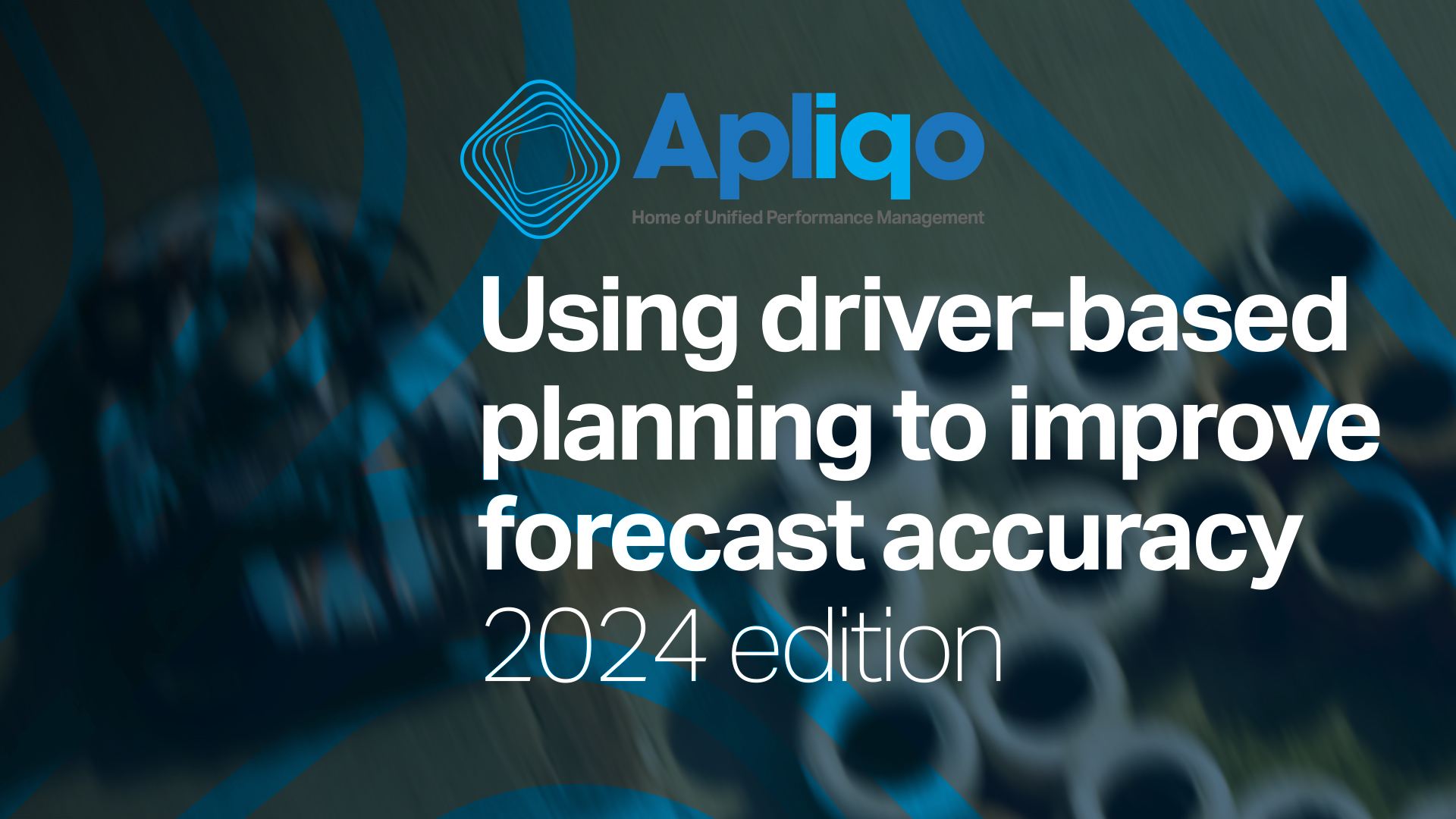Statistical Analysis Tools
Many of the statistical tools taught at finance schools are underutilized in the workplace. However, many of these tools can help underline business issues, trends, and opportunities for improvement.
These include:
1. Pareto Analysis
The Pareto Principle, also known as the 80/20 rule, states that the top 20% of a population drives 80% of its value. It’s one of the best tools for identifying where to concentrate your efforts when trying to make improvements to your companies processes and operations.
2. Statistical Summaries
“These summaries serve as a great way to communicate the intricacies of a large set of data,” says Jack. And while they’re the backbone of most theoretical statistics classes, statistical summaries are often left out of key FP&A reports. Make sure your team understands the value of these summaries for better communicating the results of your analysis.
3. Probability and Expected Value Estimates
Besides providing obvious mathematical insight, Probability and Expected Value calculations help put forward the idea that there’s more than one way of projecting the future of your company. Like Scenario Analysis, explained in more detail below, Probability and Expected Value estimates look at important possible variations that may affect your company’s key business drivers.
Scenario Analysis, Sensitivity Analysis, and Decision Trees
“Too many companies focus on single-point projections when there is just too much change and uncertainty in the world today,” says Jack. The following analytical tools help your finance team put together more realistic forecasts and better plans for the future:
4. Scenario Analysis
Scenario Analysis is all about considering plausible futures facing your company. Unlike trend analysis, which assumes that the future will look just like the past, Scenario Analysis goes far beyond simple financial projections and considers big picture scenarios and their effects on your company’s key drivers and operations. A recent report by McKinsey & Co., for example, found that Scenario Analysis is the best way for companies to navigate their way through the COVID-19 outbreak.
5. Sensitivity Analysis
Sensitivity Analysis helps to provide specific insight into the dynamics of a particular forecast. Take a Discounted Cash Flow Analysis, for example; sensitivity analysis can help us visualize how changes to Sales Growth and Operating Income (two main drivers of a discounted cash flow analysis) can affect our company’s share price. Like Scenario Analysis, Sensitivity Analysis goes far beyond a simple single-point projection of the future.
6. Decision Trees
When used together with Scenario Analysis, Decision or Event Trees can help visualize the potential outcomes of different scenarios facing your company. If you’re debating replacing an existing product line, for example, an event tree can help you get insight into the effects on your business if the new product line meets expectations, exceeds them, falls short, or fails entirely before hitting the shelves, as well as help you gauge what would happen you choose to continue your existing product.
Driver-based Planning
“For any profit organization, the underlying goal of is always to provide value for its shareholders,” says Jack. “I’ve found that shareholder value is always driven by six main components; Revenue Growth, Relative Pricing Strength, Operating Effectiveness, Capital Management, Cost of Capital, and Intangibles, like management capability, past experience, etc.”
Driver-based projections help direct your focus to the operations most affecting your company’s biggest drivers of value.
7. Linking Value Drivers To Operational Processes
Once you’ve identified your key value drivers, you’ll want to identify the key operational levers supporting them. Some key areas to look at include:
- Revenue and Growth: Driven by pricing, product life cycles, new product introductions, and macroeconomic factors.
- Human capital: In almost any organization, headcount and related costs are a major part of the company’s cost structure. Not to mention, human capital considers the people actually charged with implementing your strategies.
Incorporated FP&A & Performance Management
“FP&A often doesn’t fully embrace performance management,” says Jack. When thinking about Performance Management, you want to think beyond KPIs and focus more broadly on process improvement across all your finance operations.
8. Process Mapping
Process mapping helps us outline the entire process of a particular operation and identify ways to streamline it. Some great tools to use for this include standard flow charts, as well as more sophisticated tools like Kaizen Blitz, Six Sigma workshopping, and root cause analysis.
If you want to analyze your company’s Accounts Receivable process, for example, you can use these tools to create a process map of every step involved collecting payments, set an achievable DSO goal, and identify areas in the payment process that can be altered in order to achieve the desired DSO.
Cost Analysis
Properly analyzing costs is a key aspect of financial planning for any company. One key way your finance team can improve your company’s cost analysis is:
9. Honing In On Variable Costs
Your Cost and Break-even Analysis can do much more than drive your sales targets. These reports can help you identify fixed costs that can be made variable by using contractors, outsourcing, etc. Converting some of these costs can have huge impacts on sales/revenue fluctuations, which is something most companies want to avoid due to their effects on cash flow and public valuation.
Hungry For More?
Want more tools to better arm your finance team? Watch our full webinar with Jack Alexander here for an insight into several other analytical tools/concepts and drive even more value for your organization. Also, remember to save your spot for our upcoming webinar on Presenting and Communicating Business Analysis.






